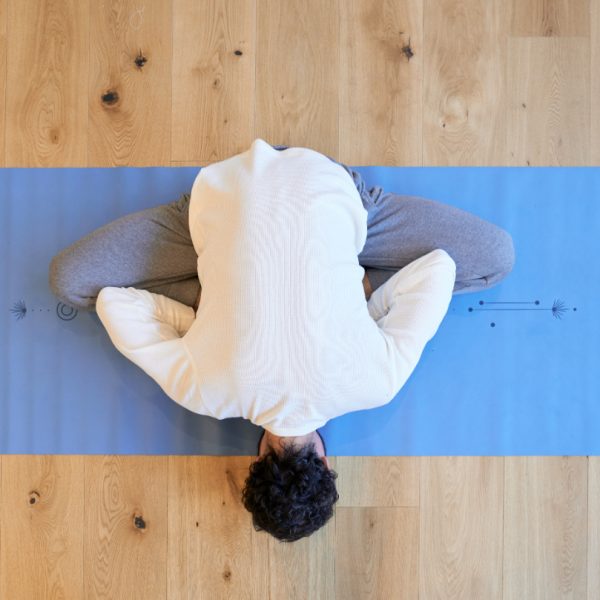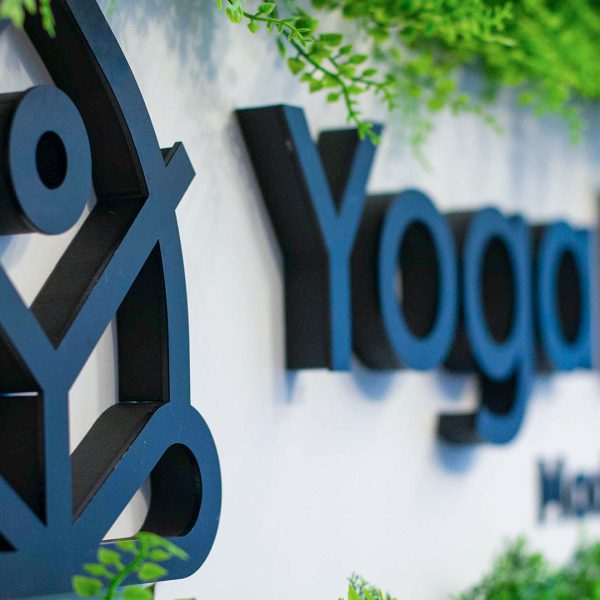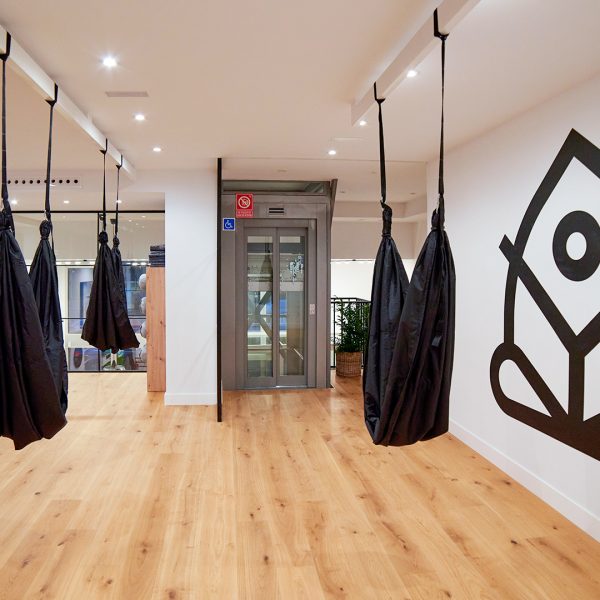
An interest in yoga is the first step; the next step is to find a studio that offers yoga near your work or home so that you can establish a routine and commit to it. Here at Yoga Home we have classes and times throughout the week to help you fit your practice into your schedule.
How many classes should I take each week?
The most important thing is that you are consistent from week to week and that you give yourself at least one day off to allow your muscles to recover.
What should I wear?
Wear comfortable sportswear that doesn’t restrict your movement and won’t tear when you stretch. Try to wear soft, neutral colours to avoid distraction. Remove any accessories that might make noise, such as bracelets or large earrings.
Wear your hair in a ponytail or braid to keep it out of your face.
Although yoga is usually practised barefoot, sometimes it can be cold, in which case you can wear non-slip socks.
Before the class:
Yoga should be done on an empty stomach, but eating something light a few hours before class would also be acceptable. The same goes for water – drink plenty before class and make sure you go to the toilet first so you don’t interrupt the class.
What can I expect when I come to my first class?
As this is your first time, you should arrive early – ten to fifteen minutes should be enough time to see where to leave your things and find your way to the room.
Before you start, tell the teacher that you are a beginner and mention any illnesses, injuries or operations you have had, so that you don’t do any postures that could injure you.
Ask the teacher where you should stand, although in yoga there are no fixed positions for students, but if you are a beginner the teacher may have a preference as to where you should stand so that you are more comfortable in the class while you learn and then later you can move to a position of your choice.
Your mat is the space in which you move, so if your teacher instructs you to use yoga accessories, don’t be afraid to use them to improve your postures. Accessories available at Yoga Home include: mat, blanket, block, belt, chair and bolster. To find out what each one is used for, read our blog here.
During the practice:
Yoga is a discipline that uses the dead language of Sanskrit to name the postures or mantras. Gradually you will learn the names of the postures in both English and Sanskrit (example: Downward Facing Dog / Adho Mukha Svanasana). Concentrate on listening to the teacher’s instructions and seeing how he/she moves through the postures; initially just imitate the postures until you have mastered them.
During the practice, we are not allowed to drink water or talk to our classmates, and of course we are not allowed to check our mobile phones or smartwatches; these must be left outside the room and on silent mode. This is to ensure silence during the class and to allow for introspection. For this reason there are no mirrors in the room.
When the class is over, you should put your yoga equipment in its proper place and leave quietly.
After the class:
Once you have left the room, you can go to the relaxation area of the centre to talk to your classmates and have a refreshing cup of tea to rehydrate.
You can also have a chat with the teacher if you are unsure about any of the postures from the class.
You are welcome to join us at Yoga Home. You can choose from a variety of teachers and styles.
Namasté.




